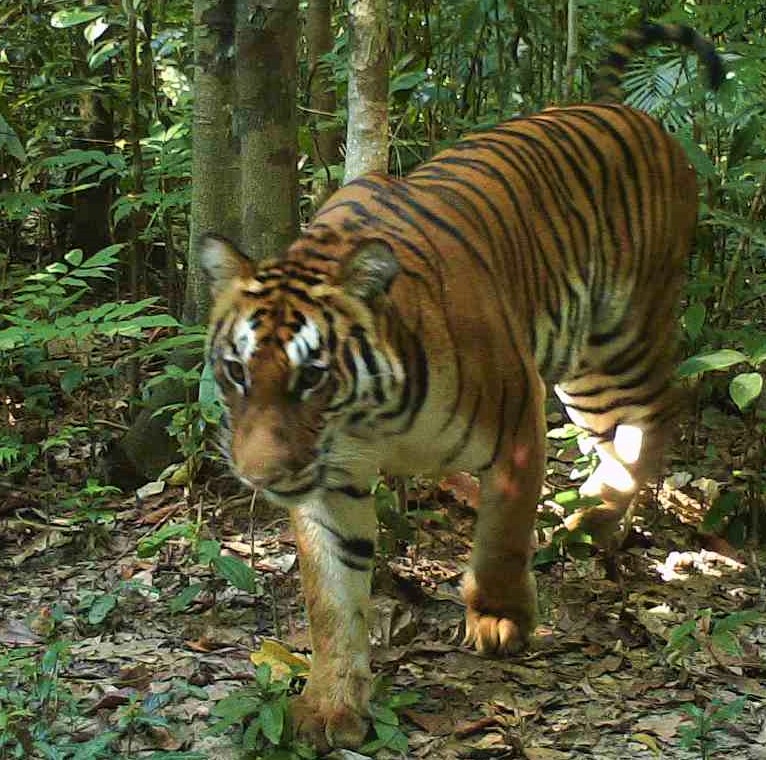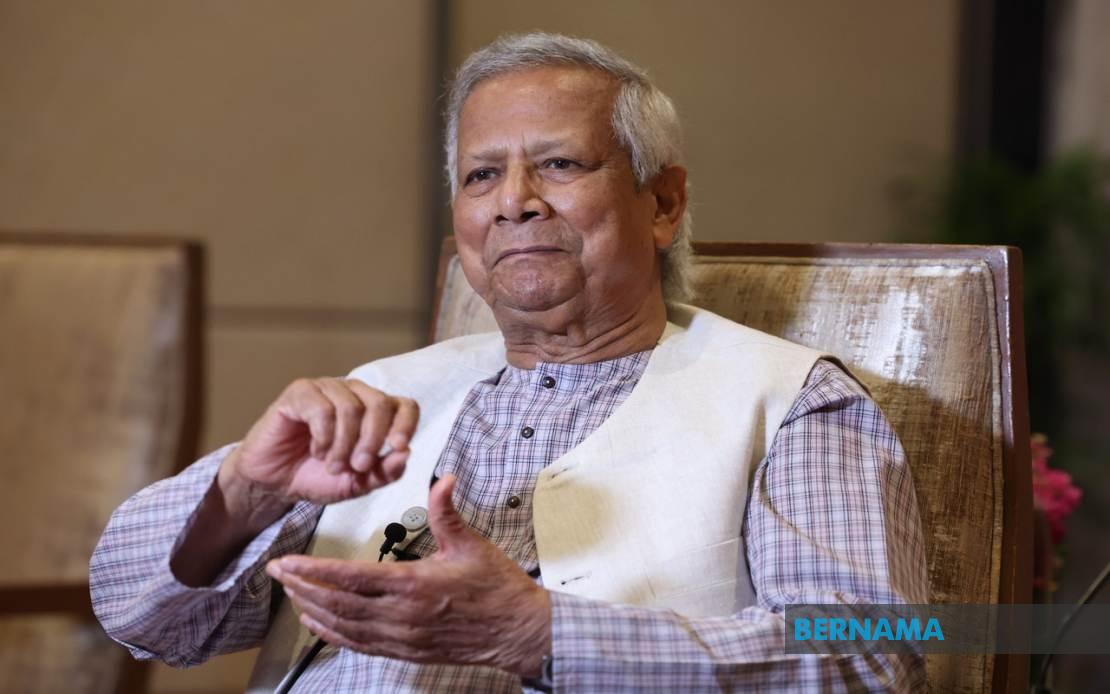PHNOM PENH: Myanmar remains a rare stronghold for Bengal tiger conservation in Southeast Asia, maintaining about 20 of the endangered big cats despite ongoing domestic turmoil.
Globally, only 5,711 Bengal tigers remain, largely due to poaching.
Yet, Myanmar’s authorities have prioritised protecting the species at Htamathi Wildlife Sanctuary in Sagaing, even as the region faces armed conflict.
“It’s remarkable that Myanmar has sustained these numbers. Their recovery plans are strong, and with continued commitment, the tiger population will bounce back,” said Global Tiger Forum (GTF) secretary-general Dr Rajesh Gopal.
Myanmar’s state media, The Global New Light of Myanmar, reports that forest department workers are actively monitoring the tigers, aided by 24 camera traps across 12 locations.
“The sanctuary is home to tigers, bears, and various mammals and birds. Public participation is key to its sustainability,” said warden U Win Hlaing.
GTF has been working with Myanmar since 2017, designing conservation strategies, and the country has been a member of the organisation since 1994. With a 1,643km border with India—home to the world’s largest tiger population of 3,682—Myanmar plays a crucial role in the region’s tiger corridor.
As of last year, Indonesia leads Southeast Asia with 393 tigers, followed by Thailand (201) and Malaysia (150), while Cambodia and Vietnam have lost their tiger populations entirely.
To safeguard its tigers, Myanmar must enhance conservation measures, including working with security forces, engaging local communities, and preventing habitat destruction from activities like small-scale mining. Strengthening international alliances is also vital to combat poaching and illegal trafficking of tiger body parts, Rajesh added.
Despite habitat loss and rapid urbanisation threatening Bengal tigers worldwide, Myanmar’s efforts offer a rare glimmer of hope. – BERNAMA















